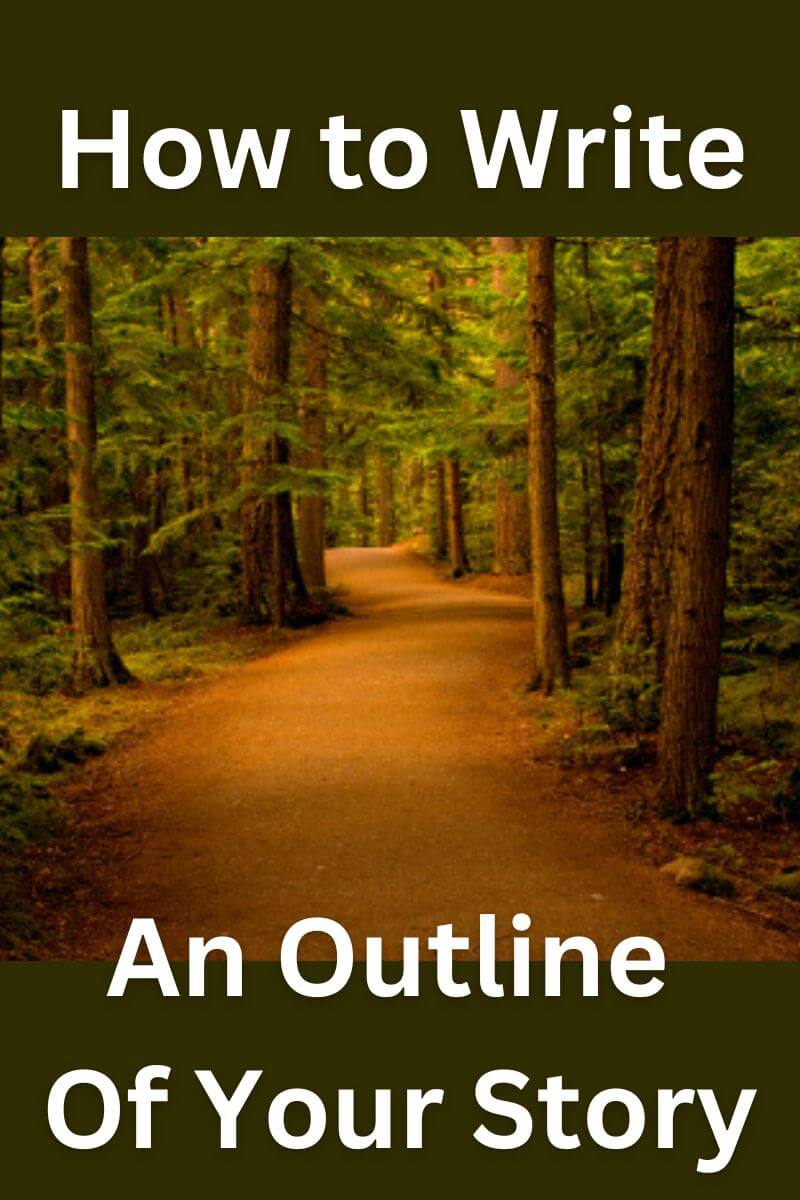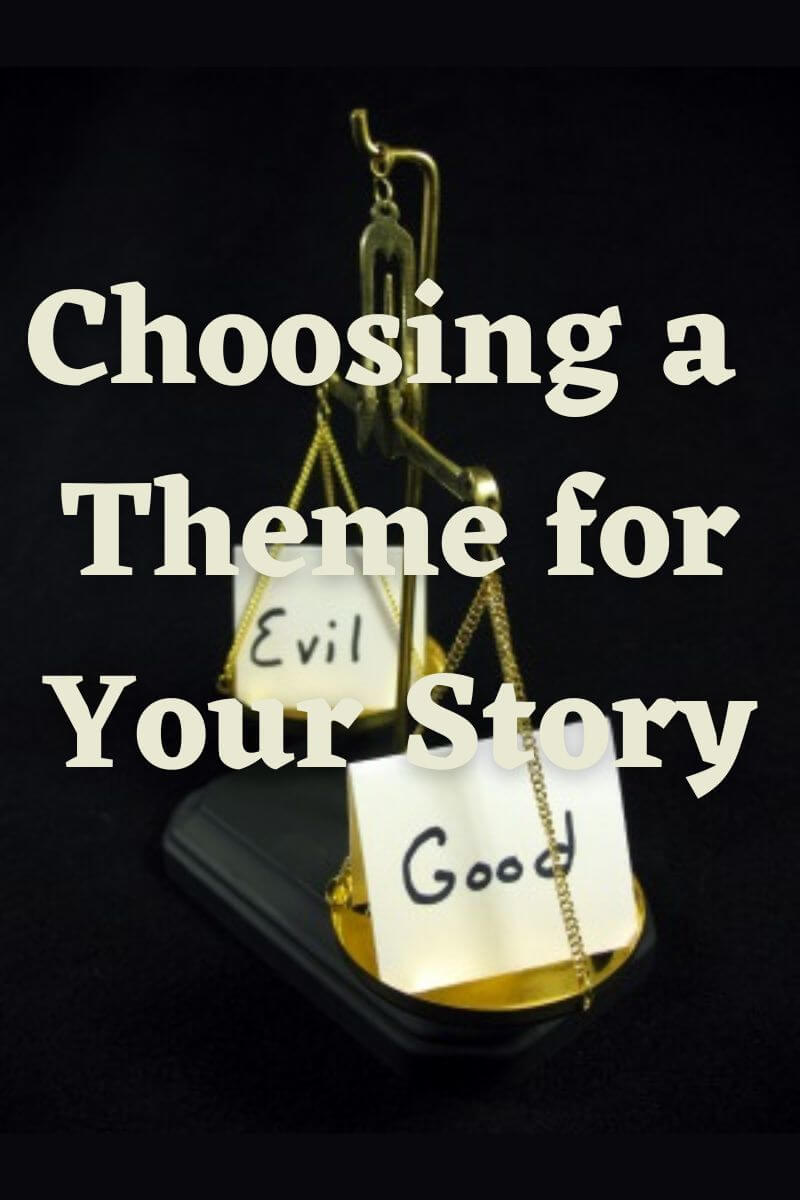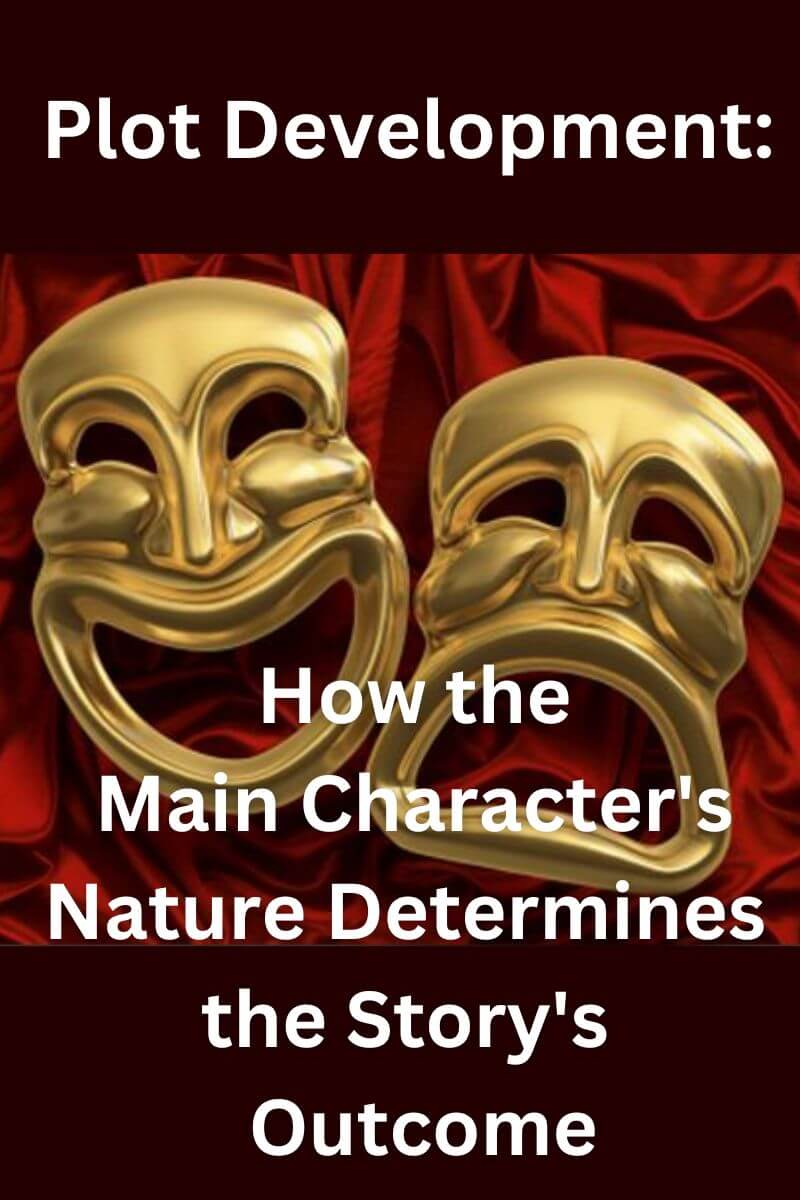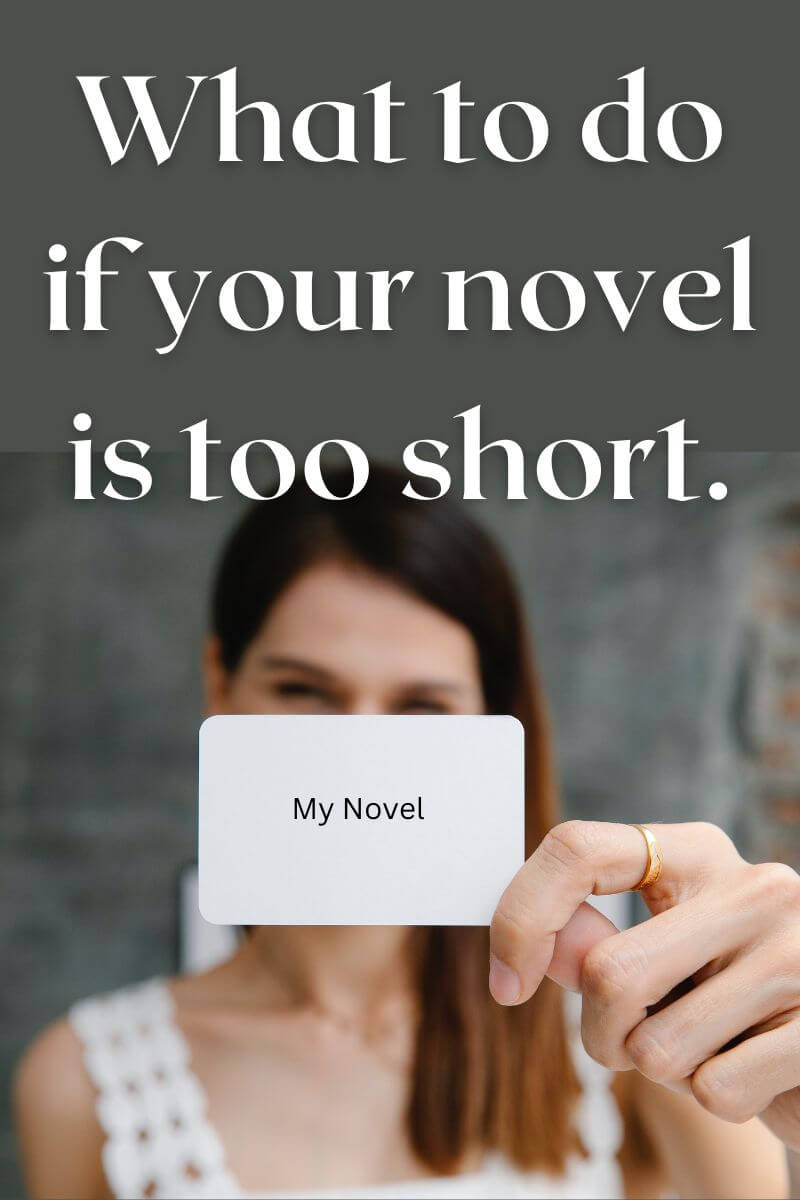The Basics of How to Write Scenes
By Glen C. Strathy
How to write scenes is usually the first problem a writer encounters, especially of they are a "pantser" by nature. It's the problem of looking at a blank page and realizing you have to start somewhere... but where?
If you're a plotter, on the other hand, you probably come to the blank page with a synopsis or outline in hand. So you have some idea of what must happen in your story. You know there need to be scenes, even if you're uncertain how to construct them.
So let's start with the basics...
What is a scene?
The idea of a "scene" comes from Aristotle's book Poetics, written around 335BC. Aristotle make many observations about the art of storytelling, based primarily on classical Greek theatre. Later writers expanded on Aristotle's ideas and came up with a concept that has since been known as the three classical unities:
1. Unity of action.
2. Unity of place.
3. Unity of time.
What this means is that, in the opinion of Aristotle's followers, a play should be about one important thing that happens (unity of action), at one location (unity of place), over a period of less than 24 hours (unity of time). In other words, the action is continuous with no jumps in time.
Putting these limitations on playwriting made it very easy for a theatrical producer in ancient Greece to hang a single backdrop (or "skené" in Greek) onto the back wall of the stage, in order to "set the scene" for the play.
If we substitute the word "scene" for "play," we can say in simple terms that a scene shows something important that happens at one place and at one time. So the first thing you must learn about how to write scenes is that something important must happen in every scene.
When we say "something important happens," we mean that something changes. The state of affairs at the end of a scene is not the same as it was at the beginning of the scene. Something is different, and that change will affect things going forward.
The change could be an external change. Someone might lose or win a confrontation. They might be captured or set free. Something might get created, moved, or destroyed. Something might get discovered, or hidden away, lost, or found. Someone might die or be conceived. New information may be revealed.
A scene could also be about an internal change. Someone might make a new decision, come to a new realization, or have a new idea. They might come to see things differently or remember something important that had been forgotten. A relationship might change in a significant way.
Many different kinds of changes are possible. Another word for a change is an "event." So we can say that every scene must be about an event.
Either way, you must never write a scene in which nothing happens and nothing is changed by the end. A scene that ends with everything exactly the same as before is a waste of space that should be cut from your story.
How to Write Scenes as Parts of the Whole
Obviously, most stories contain multiple scenes. Each scene will show a different event. Most scenes will take place on at a different time, in a different place than the others, though sometimes you can have multiple events happen at the same place, one after another.
Either way, it is important that all the scenes in a story contribute to the whole. Aristotle pointed out that the events of a story are linked together in a cause-and-effect chain. In other words, they are not random events. Each event in a plotline is caused by the one before and will affect the events going forward with two exceptions.
The first event of a story, which is sometimes called the "inciting incident" (or the "initial driver" in dramatica terms) is what sets the entire chain of events in motion. It is an action or decision that disrupts whatever status quo existed before. Whether this event is shown in a scene, perhaps as a prologue or in the first chapter of a novel, is up to the writer. Sometimes the initial driver happens "off-stage" and the reader simply sees the events caused by it. At any rate, the initial driver is the only event not directly caused by an earlier event. (I know this sounds like a "chicken and egg" situation, but you have to pick a starting point for your story, and generally it will be an event that disrupts whatever state of affairs the world was in before or creates the problem the story will attempt to solve.)
The other exception is the final event of a story, what dramatica calls "the final driver." The final driver shows a new equalibrium or status quo being established at the end of the story. It is the outbreak of peace at the end of a war or the marriage ceremony that marks the end of the courtship. What makes the final driver exceptional is that it is the only event that does not directly cause further events in the chain to happen (which is what makes it the final event). Yes, obviously things will continue to happen in the lives of the characters after the story ends (unless they are all dead). But what makes an ending an ending is that the particular problem the characters were wrestling with over the course of the story has come to a resolution. After the final driver, the reader does not wonder what happens next.
All this is to say that a story is about one big change, the resolution of one particular problem, and that the resolution of that problem is the result of many lesser changes that are all linked.
So you should write scenes in a way that each scene is both an event and a part of a bigger chain of events. Each scene will lead to the next, and together they add up to one big change in the lives of your characters -- or at the very least, one character in particular.
How to Write Scenes About External Events (Action)
Let's assume you have a particular story event in mind, a change that will affect the rest of your story going forward. Any significant change should probably be shown in a scene.
Naturally, you will decide where and when this scene will take place, which characters will be there, and which perspective you will describe the scene from (perhaps a point-of-view character or an omniscient narrator).
Like any dramatic event, regardless of size, a scene will generally have the following four-part structure:
setup --> complication --> crisis --> resolution
Setup: This will create potential for trouble, often in the form of someone wanting something, or wanting to accomplish something.
Complication: This part will generally show some kind of obstacle, resistance, or conflict.
Crisis: This will be the actual moment of change. It will be a decisive change that determines what the outcome of the scene will be.
Resolution: This part shows the outcome of the scene, so the reader can see what has changed.
Note that, most scenes will generally end in failure. That is, the character who came into the scene with a particular goal will not succeed in achieving that goal. They will not exit the scene satisfied. They may even find themselves with a new problem to wrestle with.
It would be rather dull if, for example, every scene ended in success. The fun part of most scenes is seeing how things go wrong for one or more characters, and how they cope when their plans don't work out. Will they manage to improvise a new strategy on the spot? Or will they suffer a defeat?
At any rate, the resolution of most scenes should send the characters in a new direction.
It can help if you plan each action scene using the following formula:
Scene Formula
“When [a character] tries to [do something] in order to [achieve a purpose],
_________ happens, and as a result [outcome].”
How to Write Scenes About Internal Events (Decisions)
Some scenes are about external events (actions), but others are about internal events (decisions, realizations). These are changes that take place within the mind of your main characters. Internal events are also changes that generally follow a four-part structure:
Feelings --> thoughts --> decision --> new direction
Feelings: what are the feelings and sensations the character is experiencing, perhaps in reaction to the previous event or the current situation?
Thoughts: What does the character think about their feelings? What are their thoughts about their situation or what happened? How do they come to terms with it?
Decision: This is the moment when the character makes a new decision or has a new realization.
New direction: The character sets out in a new direction as a result of their new decision/realization.
Depending on the genre, characters do not always go through a lengthy decision making process. Nonetheless, decisions are important events that move a story forward and should be present, even if they are sometimes abbreviated. (Of course, the same is true about external events.)
Often, the chain of events within a story will follow this pattern:
action --> decision --> action --> decision
In other words, each action causes a character (or characters) to make new decisions, which causes them to do new actions, which leads to other decisions etc.
Multiple Plot Lines = Multiple Chains of Events
A complex story, such as a novel, may have a number of different plotlines running in parallel. In addition to the overall throughline, which is about dealing with an external story problem, there may be a number of other plotlines.
For instance, arc of the main character's inner growth will be a separate throughline, as will the arc of the impact character's influence on the main character, and the arc of their relationship.
In addition, you may have some subplots that explore themes from different points of view. Each of these will have its own separate chain of events.
Every plotline in your novel will be made up of a series of scenes or events, which are linked via cause and effect just like the events of the overall plot.
The fun part lies in how you decide to braid all these plot lines together. You will likely tell an event or two of one plotline, and then an event or two of another, etc. weaving back and forth among all of them. Nonethless, it is important that each scene is clearly connected to the other events in its plotline, so that it plays a significant role in the story.
Going Beyond the Basics
As you become more practised as a writer, you may discover how to write scenes in ways other than the basic formulae I've given here. For instance, you may try playing with the timeline -- describing some scenes as flashbacks or flash forwards. You may describe part of a scene in one part of a novel, and delay telling the second part until much later. When you do this, it's a good idea to work out the chronology of the events of your story before you start telling it out of order.
- Home
- Write a Novel
- Scenes





























